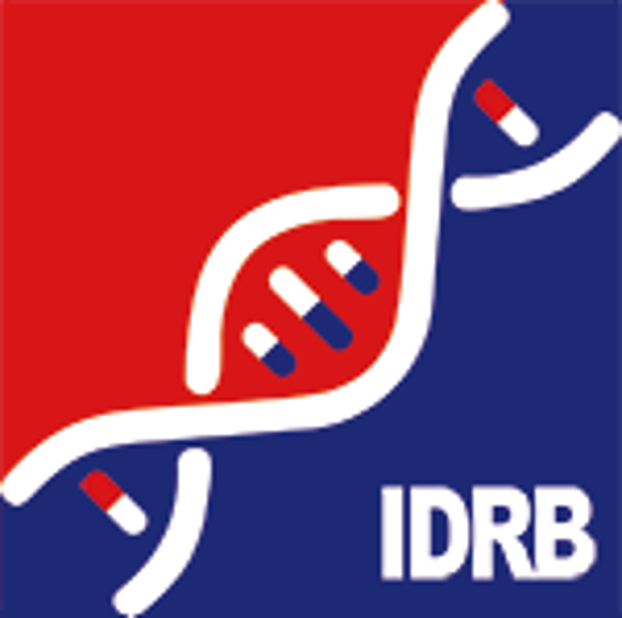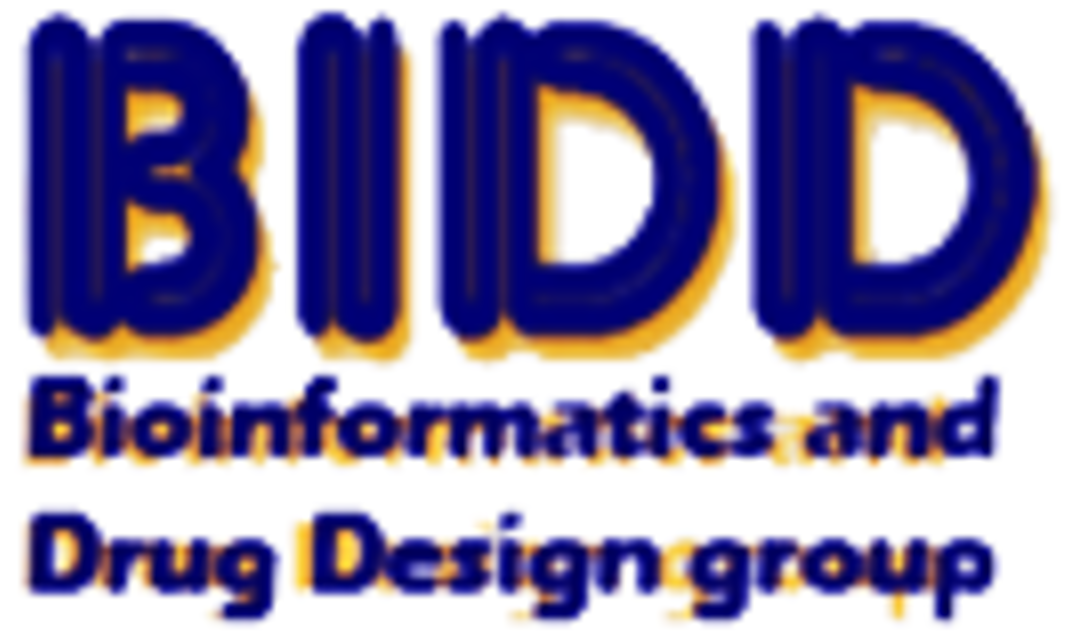| References |
Top |
| REF 1 |
Histone acetyltransferase p300 is a coactivator for transcription factor REL and is C-terminally truncated in the human diffuse large B-cell lymphoma cell line RC-K8. Cancer Lett. 2010 May 28;291(2):237-45.
|
| REF 2 |
Histone acetyltransferase-deficient p300 mutants in diffuse large B cell lymphoma have altered transcriptional regulatory activities and are required for optimal cell growth. Mol Cancer. 2014 Feb 15;13:29.
|
| REF 3 |
TNIP2 is a Hub Protein in the NF-B Network with Both Protein and RNA Mediated Interactions. Mol Cell Proteomics. 2016 Nov;15(11):3435-3449.
|
| REF 4 |
A proteome-scale map of the human interactome network. Cell. 2014 Nov 20;159(5):1212-1226.
|
| REF 5 |
Architecture of the human interactome defines protein communities and disease networks. Nature. 2017 May 25;545(7655):505-509.
|
| REF 6 |
The BioPlex Network: A Systematic Exploration of the Human Interactome. Cell. 2015 Jul 16;162(2):425-440.
|
| REF 7 |
A physical and functional map of the human TNF-alpha/NF-kappa B signal transduction pathway. Nat Cell Biol. 2004 Feb;6(2):97-105.
|
| REF 8 |
Purification, reconstitution, and I kappa B association of the c-Rel-p65 (RelA) complex, a strong activator of transcription. Mol Cell Biol. 1994 Apr;14(4):2593-603.
|
| REF 9 |
Mutational analysis of the v-Rel dimerization interface reveals a critical role for v-Rel homodimers in transformation. J Virol. 2002 May;76(10):4928-39.
|
| REF 10 |
NF-kappa B p100 (Lyt-10) is a component of H2TF1 and can function as an I kappa B-like molecule. Mol Cell Biol. 1993 Oct;13(10):6089-101.
|
| REF 11 |
A functional role of I kappa B-epsilon in endothelial cell activation. J Immunol. 2000 Mar 15;164(6):3316-22.
|
| REF 12 |
I kappa B alpha-mediated inhibition of v-Rel DNA binding requires direct interaction with the RXXRXRXXC Rel/kappa B DNA-binding motif. Proc Natl Acad Sci U S A. 1993 Oct 1;90(19):8962-6.
|
| REF 13 |
Basal phosphorylation of the PEST domain in the I(kappa)B(beta) regulates its functional interaction with the c-rel proto-oncogene product. Mol Cell Biol. 1996 Nov;16(11):5974-84.
|

